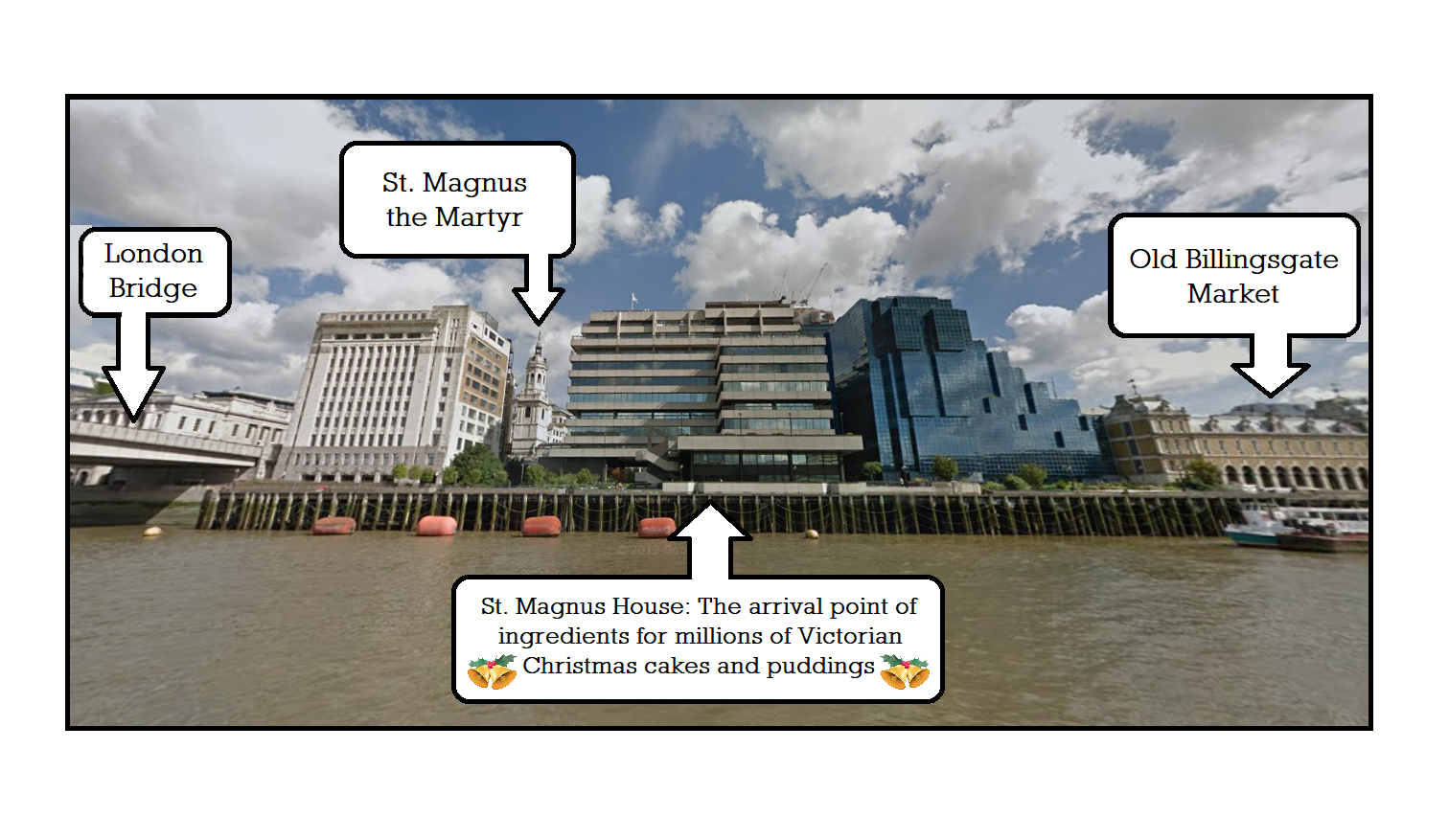
It is fair to say that currants rarely feature in London-centric blogs. This is probably because most bloggers believe they have played a negligible role in the history of the metropolis. That attitude ends here, as I strike a blow for small dried black grapes in this modest, whimsical and ever-so-slightly-festive post.
To begin, a little background: The English importation of currants, grown mainly in Greek areas then under Ottoman and Venetian control, was under way on a small scale by the 14th century. Originally exported via Corinth, they were known as ‘raisins de Corinth’ until this was corrupted to their present name.
The Levant Company and its dodgy tax affairs
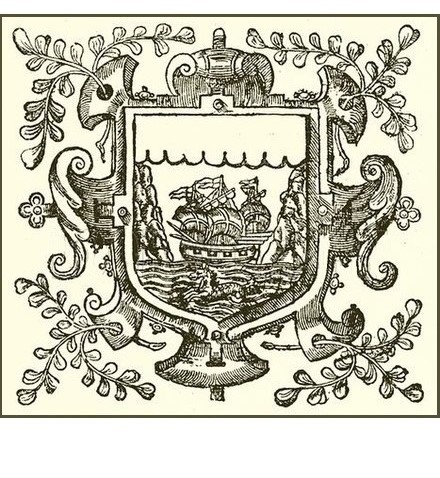
The great City companies holding monopolies on trade changed the world. The East India (founded 1600) and Royal Africa (1660) are rightly notorious; less well known – except among English customs duty aficionados and currant-fanciers – is the Levant Company.
Granted a royal charter in 1581 as the Turkey Company, it established a hugely profitable and mostly peaceful trade with the Ottoman Empire centred on currants and silk. To begin with, it had significant demarcation issues with another currant-dealing monopoly, the Venice Company, but these were resolved when the two merged in 1592 with a fresh charter and a new name.
← The original company coat of arms, showing a trading vessel at the Isthmus of Corinth.
The company quickly achieved imports of 2,000 tons a year, almost all to the port of London, yielding profits of £2 million in today’s terms. Levies imposed, illegally, by the company on currants imported by non-members and foreigners were also a huge money-spinner. The elderly Queen Elizabeth I was livid at not seeing a penny of this and retaliated by abolishing the charter. However, common sense soon prevailed and under a new charter some of the now-legal levies went to Bess.
In 1605 King James I imposed higher duties. The disgruntled merchants needed the king’s support in ongoing disputes with the Venetian republic and Ottoman empire, so all bar one paid up. John Bates refused, provoking the infamous ‘Bates’ case’ in which he claimed that parliament had to approve the tax. The House of Commons took up Bates’ cause the next year, but the king didn’t cooperate and the case went to court. The king won, and was thus free to impose any taxation without recourse to Parliament.
In the mid-1620s high wholesale currant prices were squeezing profits, so it was no surprise that in 1628 some merchants refused to pay even higher duties imposed by King Charles I. The Privy Council retaliated by ordering the impounding of fifteen refuseniks’ entire currant cargos. By the following January, with 1,300 tons trapped in warehouses, the City witnessed the bizarre sight of desperate merchants breaking in to liberate their dried grapes, threatening violence to any customs official who tried to stop them. The seizure order was rescinded, but when the next parliamentary session gave time to the merchants’ complaints, Charles terminated it. Few merchants could afford a long dispute, and the king eventually reached a settlement with most. He went on to rule without Parliament for a decade, during which time two merchants languished in prison, still refusing to pay up.
By the time Charles lost his head in 1649, the importance of currants to the company was beginning to decline. They had gone from being viewed as a healthy cooking ingredient and cure-all to the cause of ‘Fevers, Consumptions, and some other cruel Distempers’. Their reputation only slowly recovered. Then in 1693 a fleet of Levant Company ships was decimated by French privateers. This was one of a series of disasters for the English navy that led a colleague of Samuel Pepys at the Navy Office to write to the king bemoaning the use of beef suet for sailors’ puddings in place of currants and raisins. By the mid-18th century the company was a shadow of its former self, having lost its monopoly, trade through waves of bubonic plague in the Ottoman empire and investors to the overwhelmingly successful East India Company. It was nationalised in 1821 and abolished soon after.
King James II eats Wood Street cake in a dress
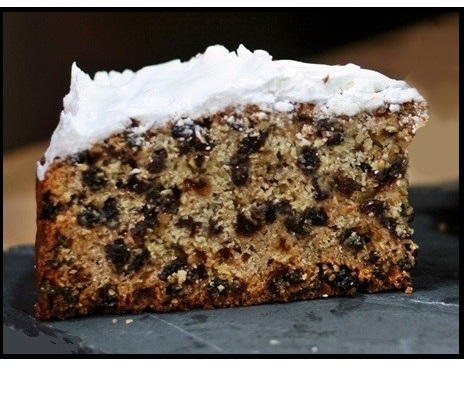
The heavy currant-laden cake traditionally made by bakers on Wood Street in the City was a favourite of the future King James II. In April 1648, held prisoner by parliamentary forces at St. James’s Palace the 14-year-old, then Duke of York, managed to escape by pretending to play hide-and-seek, at which he was fiendishly good. Disguised as a woman, he was smuggled out of London, assisted by Lady Anne Murray. It is said that Lady Anne, aware of James’ culinary preferences, had the forethought to pack some Wood Street cake for the journey.
Sadly, this royalty-approved cake had sunk into obscurity by the 19th century and the street, laid waste in the Blitz, is now lined with anonymous offices.
← A slice of Wood Street cake, seemingly about 40% currants.
Conveying currants from Corinth to Cox’s Quay
Traditionally, the first of the annual Greek crop, having been dried where it was picked, was ready to ship in early September. Supplies would continue to be available for export into early the next year, followed by a few months’ lull.
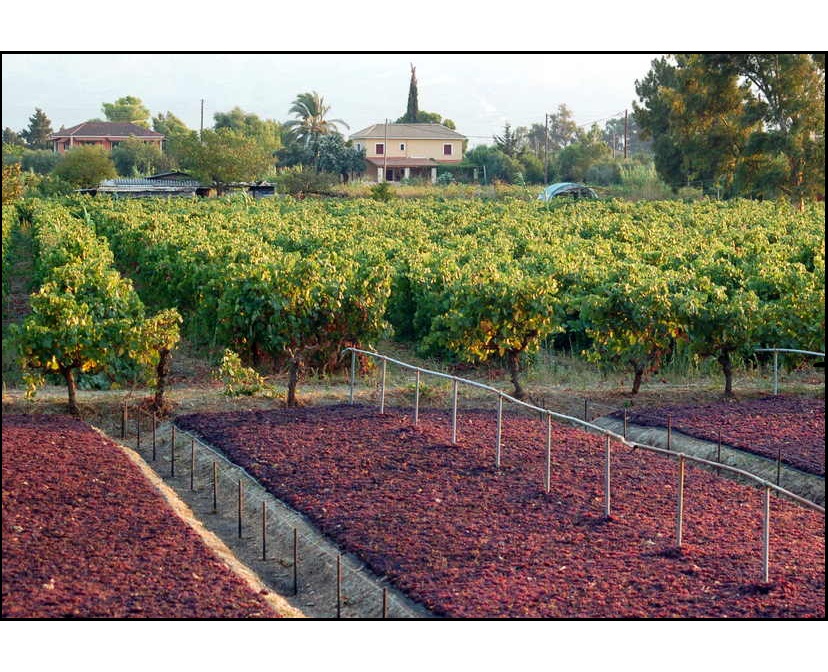
← A Greek vineyard in Zakynthos (aka Zante) with the currant grapes in the foreground spread out to dry.
So how would the currants, freshly purchased by a London merchant, be transported? Tea clippers – sailing ships like the Cutty Sark whose only purpose was to bring the new tea harvest to London from the East Indies as quickly as possible – are well known. But the tea clipper had a forgotten smaller cousin: The currant schooner. These were fast topsail vessels typically taking cloth and tin to the Levant and returning with the all-important currants. They had one particularly unusual feature: No fires were allowed in the ship’s galley lest the quality of the cargo be impaired, so the crew got only cold meals for the entire voyage.
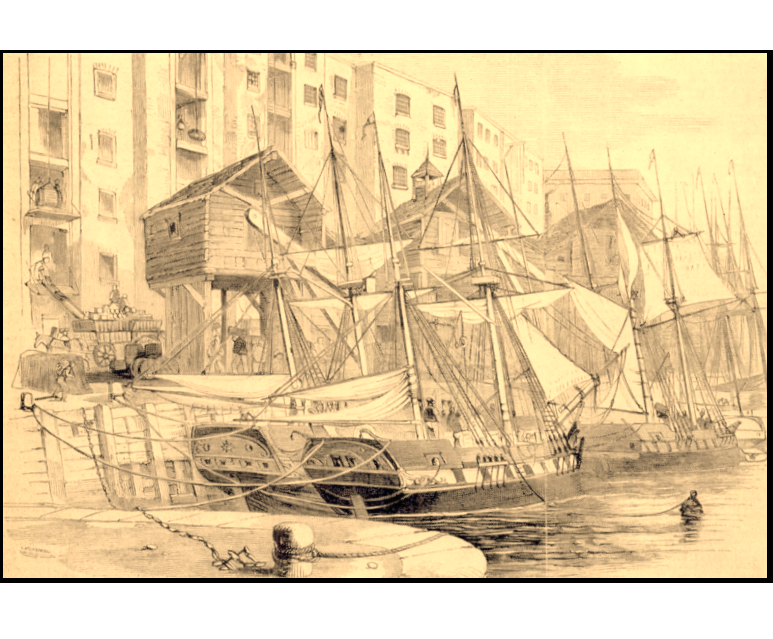
Once in London, the Levant Company ships had the exclusive use of Chester and Galley Quays, just west of the Tower of London, but by the mid-Victorian era currant schooners were instead unloading at former fish docks Fresh Wharf and Cox’s Quay, just east of London Bridge. Their cargo had expanded to include figs, raisins, almonds and spices – all the ingredients essential for a Victorian Christmas. It is no surprise then that the busiest period at Fresh Wharf was November and December each year.
← Christmas fruits, including currants, being landed at Fresh Wharf, Christmas, c.1850.
Shortly before the Great War, on 4 December 1913 the Daily News described how busy Fresh Wharf was. Masses of currants, along with raisins, almonds and dried peel, were being unloaded from the ‘Christmas Pudding Ships’, as they had become known. The reason they were so busy might have been down to Grape Phylloxera, an aphid-like insect native to North America.
The little blighter had infested European vineyards, particularly in France, in the late-19th century. It decimated wine production and the French, in desperation, bought all available currant grapes to boost output. Faced with this increased demand, the Greeks invested heavily to boost supply. However, French wine producers eventually overcame their tiny foe, and their need for currants plummeted. In a startling volte-face they promptly demanded that Greek currant imports be prohibited. With the French market gone, the Greeks went from feast to famine. Chronic overproduction led to plummeting prices, economic meltdown and various attempts to boost demand in surviving overseas markets, the star among those being the UK. Welcome to the strange world of …
The Great London Currant Exhibitions
Early on 28 May 1907 hopeful housewives, confident cooks and cherubic children headed towards Holborn by train, carriage, tube, car or foot clutching carefully created cakes and other edibles. Later that day, no less a dignitary than the Lord Mayor of London, accompanied by his sheriffs and Greek minister Mr. Metaxas, was to open The Great Currant Cookery Competition Exhibition at Holborn town hall. In a welcoming speech, the representative of the English dried fruit market, Mr. Bowron, claimed England consumed 62,000 tons of currants annually. Mr. Metaxas was clearly hoping to push this figure even higher.

Newspapers reported 30,000 entries, providing ‘every conceivable kind of currant cake, pie and tart’. Celebrity Swiss-born chef and cookery writer Charles Herman Senn (author of ‘How to Cook Eggs and Omelets in 300 Different Ways’) judged the competition, while the White Viennese Band playing waltzes and in the gallery above disabled children, who were to take away and eat the entries, looked on. First prize was shared between Mrs. W.H. Clarke of Harrow-on-the-Hill, for her scones, Swiss rolls, bread, buns, slab cake and sponge cake, and Mrs. P. Green of Colchester, for her iced block cake, iced round cake, puddings, sponge jellies, fondants, apple and currant tartlets and cheesecakes.
← The ornate, exhuberant currant-hosting former Holborn Town Hall and Library.
A year later, the same venue hosted a display of more than 20,000 currant-related exhibits of various types, opened by the Greek ambassador; at the same time there were a number of regional baking competitions. No wonder that just five years later Fresh Wharf was so busy.
Weapon in the fight against crime, or powerful temptation for criminals?
In what was possibly another Greek-sponsored attempt to boost demand, Dr. Clement Duke argued in 1912 that currants, being so sweet and nutricious, were – if given to children by parents in currant buns and currant bread – liable to deter youngsters from the petty theft of sweets, thus saving them from a life of crime. The flip side of this was the frequency with which currants were themselves the subject of theft, presumably due to their relatively high monetary and nutritional value vis-à-vis size. A typical London case involved a worker at Millwall Wharf, sacked and held on remand for three months in 1933 for stealing just a handful. The judge appreciated that the man was of previous good character and through this one action had ruined his life; for this reason he was spared a jail term.
But one case above all dwarfed such petty pilfering. In 1943, during wartime rationing and with minimal supplies, 1.5 tons were stolen from Cadby Hall, a factory belonging to J. Lyons, the caterer, in Hammersmith. Just how many teashop currant buns robbed of their raison d’être this represents is difficult to imagine. The thief, a Lyons employee, was sentenced to two years in prison with hard labour.
And finally, the current currant situation
The Venetian Republic and Ottoman Empire have been consigned to history, and the Levant Company and currant schooners are long gone. Those scenes on Fresh Wharf in 1913 representated a high water mark for the trade: British demand for currants was about to peak, and the Greek currant industry entered a prolonged period of decline. But Greece remains by far the largest producer of currants, and the UK a large consumer.
The site of Chester and Galley Quays is covered by the new Cheval Three Quays 5-star hotel and apartments, while Fresh Wharf has disappeared under the bleak St. Magnus House, a brutalist office block designed by Richard Seifert. Holborn town hall and library have been converted into commercial offices.
At least Wood Street cake has undergone a modest revival, probably due to its appearance on The Great British Bake Off. This goes a small way to compensate for the rapid decline of the currant-rich Chelsea Bun – a personal favourite of mine – named after the area of London from which it originated in the mid-19th century.
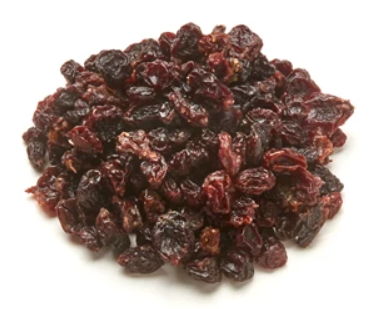
Nearest Stations:
Credits:
Selected Bibliography: